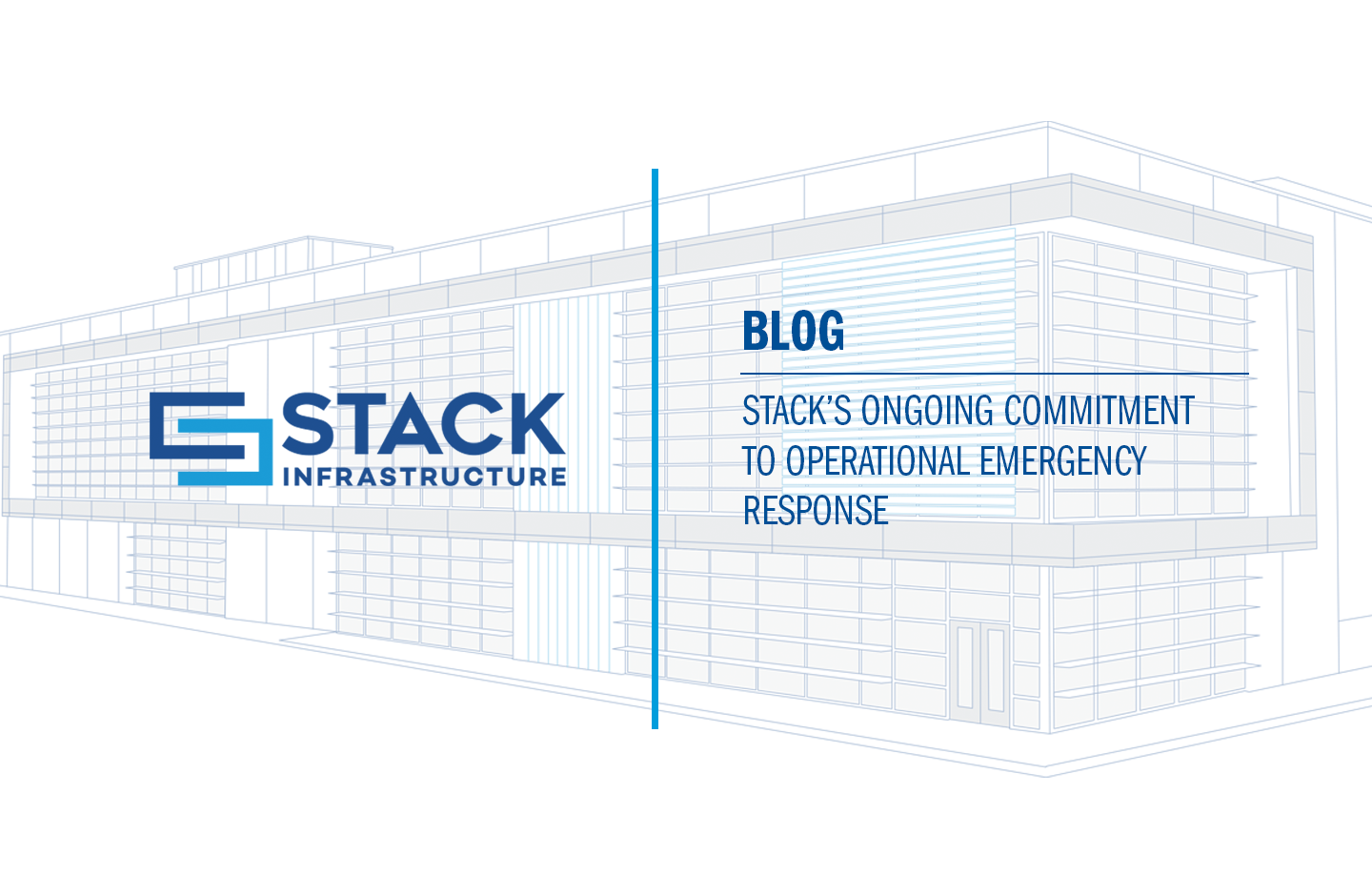Data centers are essential to supporting the technologies that are embedded in our daily lives. According to a recent Deloitte article, the average home has 22 connected devices ranging from smartphones, computers, and smart wearables, to vehicles, kitchen appliances, and TVs. These devices all require the processing and storage of data, which is done at scale in data centers. Beyond the devices we use every day, there are significant data center requirements for areas we often do not think about – payment processing, medical research, business management, virtual meetings, supply chain, and logistics. The list goes on. Fundamentally, the internet and our modern economy require the use of energy. The remarkable aspect of this growth in the use of connected devices and the internet is that research shows per-capita energy usage for this century as essentially flat, with a growing consensus this is because we do more with less because of data, and efficiently use energy in data centers at scale.
As large energy users, the data center industry has long stood out for its leadership and commitment to the use of clean energy sources. Just last year, STACK announced that as of December 31st, 2021, we operate our Americas portfolio on 100% renewable energy. According to a January 2023 American Clean Power Report, technology companies have contracted more clean energy sources than any other industry. Furthermore, leading technology companies with data center operations in Virginia routinely place in the top five companies committed to procuring clean energy, as determined by the Clean Energy Buyers Association.
Due to the essential nature of their operations, data centers have strict requirements to maintain around-the-clock availability with virtually zero disruption to service. A tall task that requires data center companies to invest billions of dollars in reliability efforts. But some reliability risks are inherently outside data center companies’ control. Powerful storms like Superstorm Sandy knocked out power for more than 8 million people on the East Coast. Rising heat and wildfires in California continue to grow in intensity and trigger rolling blackouts and brownouts in recent years. It is imperative in these moments that access to the internet is maintained for the general population and data centers have an obligation to stay operational during moments of emergency to ensure that access is uninterrupted.
To stay operational in an emergency, data centers have on-site backup generators capable of supporting a site in the event of a utility outage. Data center generators are highly regulated at both the federal and state levels. These regulatory structures are important to strike a balance between maintaining the operation of essential infrastructure and mitigating the environmental impacts of on-site backup generation. They dictate how owners and operators conduct routine maintenance, define what constitutes an emergency, and how long generators can run in an emergency.
In Northern Virginia, the largest data center market in the world, generators are regulated by the United States Environmental Protection Agency (EPA) and the Virginia Department of Environmental Quality (DEQ). Last year, Dominion Energy announced that their service area of East Loudoun County has insufficient bulk transmission capacity to support new data center growth until key upgrades to their transmission infrastructure are completed. In response and signaling a strong acknowledgment to the industry of the essential nature of data centers, the Virginia DEQ proposed a local variance that would provide data centers located in Loudoun County relief from existing state regulations and permit provisions that limit the use of Tier II and Tier IV emergency generators to periods of a PJM Interconnection declared emergency. Specifically, the order proposes that from March to July 2023, they would allow Tier II and Tier IV generators to operate during periods when PJM has initiated a "Maximum Generation Emergency/Load Management Alert" for the area. The order would authorize the operation of on-site generators during times that fall short of a PJM-declared emergency, but when transmission constraints and strain on the electric grid are most acute.
While the spirit of the variance is greatly appreciated, STACK data centers are designed to operate in the event of a sudden utility outage and have procedures and infrastructure in place for when the grid is in an acute, high-stress situation. STACK Infrastructure commits to not utilizing the variance.
By Kevin Hughes, Vice President of Policy, STACK Americas
